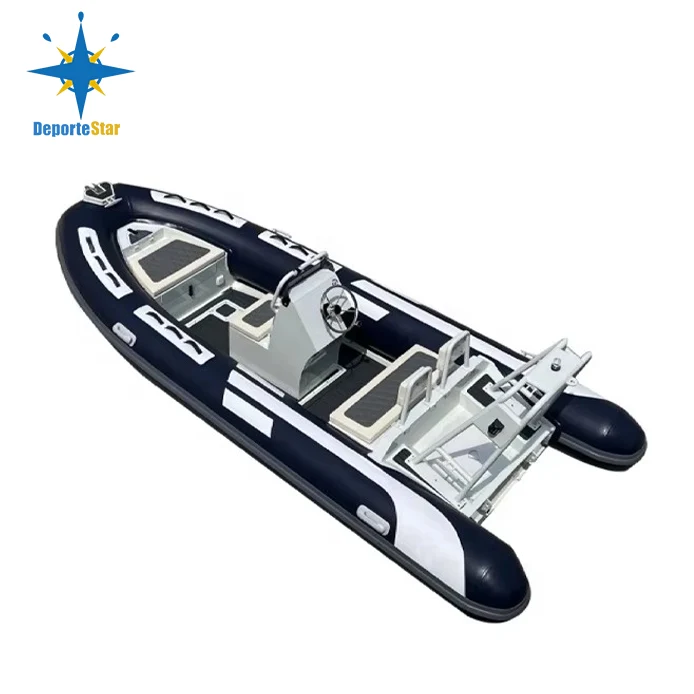Exploring the Different Types of Patrol Boats and Their Key Features
2025-04-25
Not all patrol boats are created equal — their design, speed, and armament vary depending on the mission. In this blog, we’ll break down the main types of patrol boats and what sets them apart.
1. Inshore Patrol Boats (IPBs)
- Purpose: Coastal surveillance, port security, and quick-response missions
- Features: Smaller size, high speed, shallow draft for maneuverability
- Example: Harbor patrol vessels, riverine boats

2. Offshore Patrol Vessels (OPVs)
- Purpose: Extended missions in deeper waters beyond the coast
- Features: Larger displacement, long-range endurance, capable of hosting helicopters
- Use Case: Anti-piracy operations, maritime patrol, oceanic surveillance
3. Fast Attack Craft (FAC)
- Purpose: High-speed interdiction and combat operations
- Features: Armed with missiles or torpedoes, high agility, rapid deployment
- Best Suited For: Navy fleets needing offensive capability on smaller platforms
4. Multi-Role Patrol Boats
- Purpose: Versatility across search and rescue, surveillance, law enforcement
- Features: Modular design, adaptable to different mission requirements
- Highlight: Great for coast guards needing flexibility in operations
5. Key Performance Features to Consider
- Speed: Crucial for interception and fast deployment
- Endurance: Longer patrols require more fuel and crew accommodations
- Armament: Depending on mission, weapons range from light machine guns to guided missiles
- Technology: GPS, radar, sonar, night vision, and communications all play a role in mission success
Final Thoughts
Whether used for security, rescue, or combat, patrol boats are tailored to specific operational needs. Choosing the right type depends on the mission profile, environmental conditions, and budget. As maritime challenges evolve, so do these versatile vessels—continuing to play a key role on the world’s waters.


